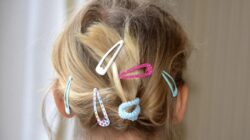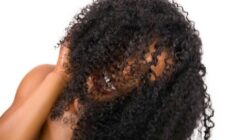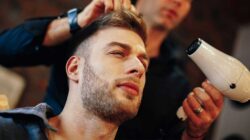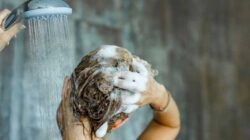Understanding keratin plugs in hair follicles is essential for anyone interested in scalp health and skin conditions like acne. As I delve into this topic, I aim to provide a comprehensive understanding of keratin, its role in hair and skin, and the implications of keratin plugs.
Keratin: A Key Protein in Hair and Skin
Keratin is a fibrous structural protein that plays a crucial role in the composition of hair and skin. It forms the primary structural material in hair follicles and the outer layer of the skin. When keratin is produced in excess, it can lead to the formation of keratin plugs within hair follicles on the scalp. These plugs can create a barrier that obstructs the normal growth and shedding of hair, ultimately leading to various scalp issues. Additionally, keratin plugs are not limited to the scalp; they can also contribute to the development of acne on the skin. When the skin’s follicles become clogged with keratin, it can result in inflammation and the formation of pimples, exacerbating acne conditions.
Mechanisms Behind Keratin Plug Development
The development of keratin plugs primarily occurs when keratinocytes, the cells that produce keratin, do not shed properly. This improper shedding can lead to a buildup of keratin, obstructing hair follicles on the scalp. As these follicles become blocked, they create an environment conducive to bacterial growth, which can further aggravate the situation. Similarly, in skin follicles, the accumulation of keratin can lead to acne formation. The obstruction not only prevents hair from growing but can also lead to painful cysts and pustules on the skin, highlighting the interconnectedness of keratin buildup and skin health.
Identifying the Symptoms of Keratin Plug Accumulation
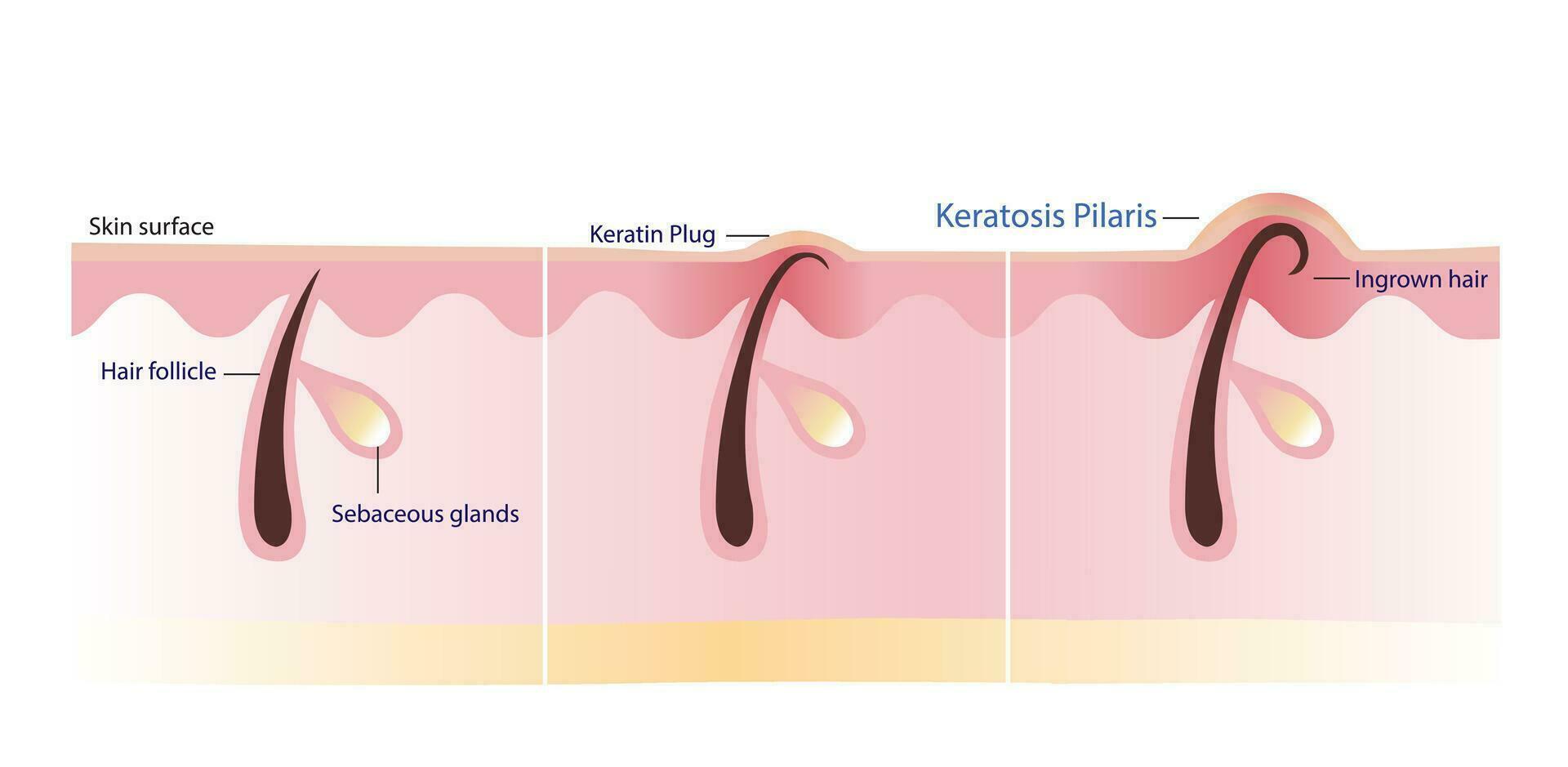
Recognizing the symptoms of keratin plug accumulation is vital for effective management. One of the most noticeable signs is the obstruction of hair follicles on the scalp, which may manifest as small bumps or rough patches. These symptoms can be accompanied by itching or irritation, indicating inflammation. In the case of skin follicles, the accumulation of keratin can lead to the appearance of acne and general skin irritation. The presence of these symptoms should prompt individuals to take action, as prolonged keratin buildup can exacerbate these issues, leading to more severe skin and scalp conditions.
Impact of Keratin Plugs on Hair Follicles
The impact of keratin plugs on hair follicles is significant and multifaceted. When these plugs obstruct hair follicles, they can severely affect scalp health, leading to conditions such as folliculitis or seborrheic dermatitis. These conditions can manifest as redness, swelling, and discomfort, making it challenging to maintain a healthy scalp environment. Furthermore, the presence of keratin plugs can lead to the development of acne in skin follicles, as the blockage creates an ideal breeding ground for bacteria. This dual impact on both hair and skin highlights the importance of addressing keratin plug issues promptly to maintain overall scalp and skin health.
Preventive Measures for Keratin Plug Formation
Preventing keratin plug formation is crucial for maintaining healthy hair and skin. One effective strategy is to maintain proper scalp hygiene. Regular washing with appropriate shampoos can help remove excess keratin and prevent buildup. Additionally, using non-comedogenic products—those that do not clog pores—can significantly reduce the risk of acne and keratin plug formation. By being mindful of the products I use on my skin and scalp, I can help prevent the conditions that lead to keratin accumulation, promoting a healthier appearance overall.
Management and Treatment of Keratin Plug-Related Issues
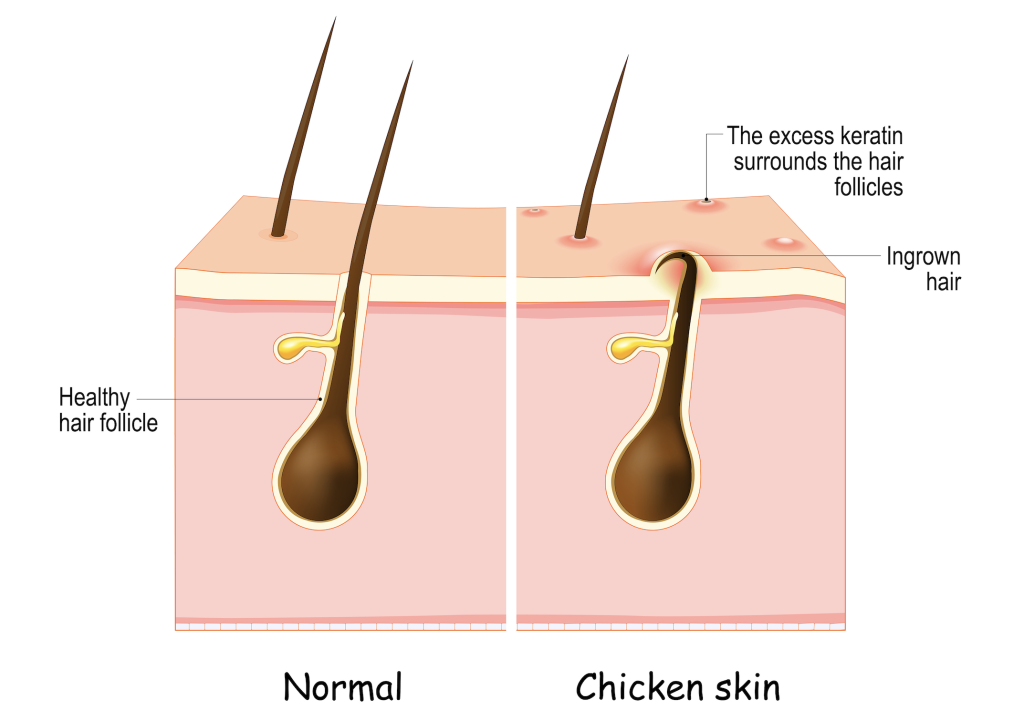
When keratin plugs obstruct hair follicles, it can lead to various scalp issues that require management and treatment. Effective treatment options may include exfoliating shampoos that contain salicylic acid or glycolic acid, which can help to dissolve keratin buildup. Additionally, incorporating topical treatments that target acne can reduce inflammation and promote healing. By addressing the root causes of keratin plug formation, I can effectively minimize the associated acne and discomfort, restoring both scalp and skin health.
Consultation and Care: When to Seek Professional Help
It is essential to recognize when to seek professional help regarding keratin plugs and their associated issues. If I notice persistent blockages in hair follicles on the scalp or if acne related to follicle keratin buildup becomes severe, consulting a dermatologist or healthcare professional is advisable. They can provide tailored advice and treatment options that address my specific condition, ensuring that I receive the most effective care possible. Seeking professional help can be a crucial step in managing keratin plug-related issues and maintaining overall scalp and skin health.

